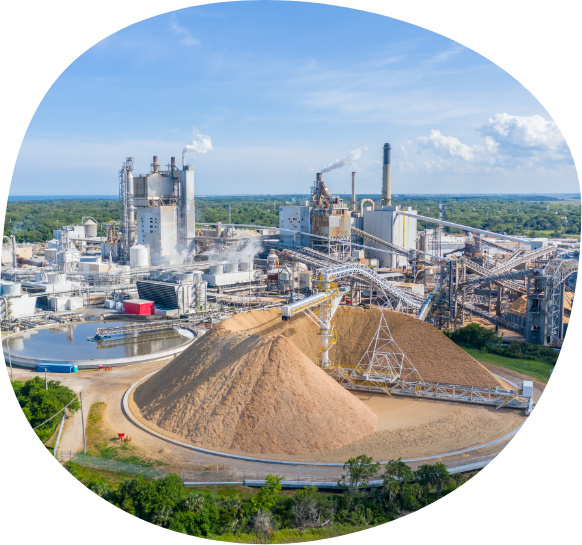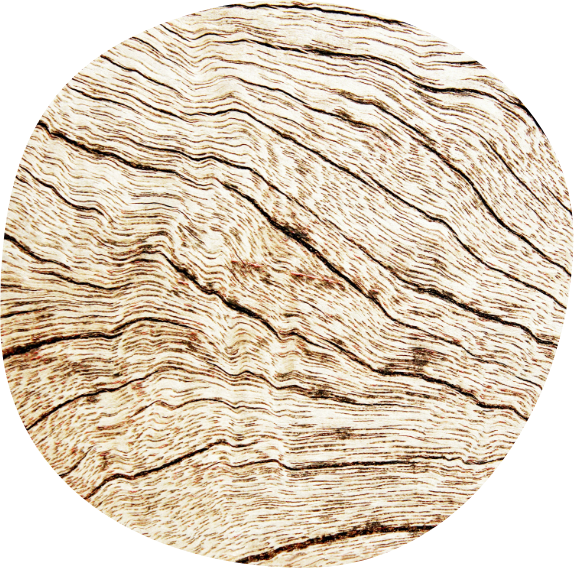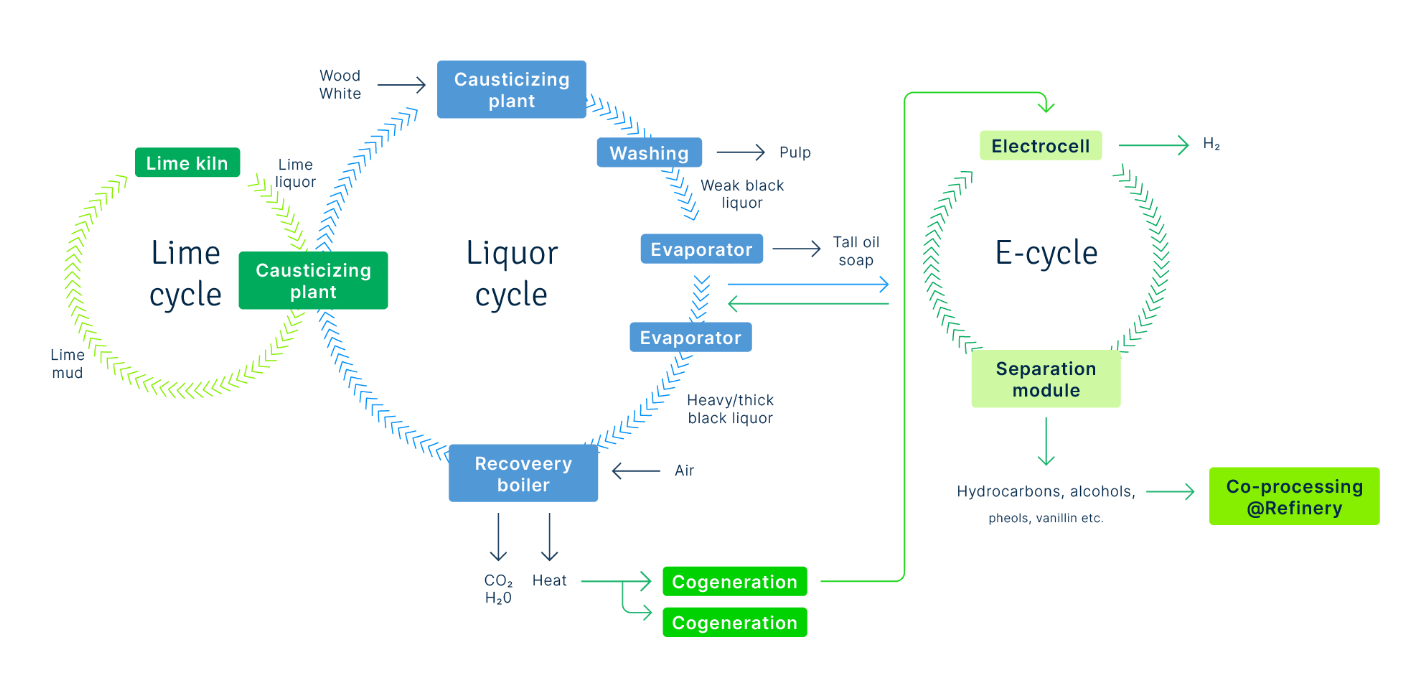Black Liquor
Black liquor is conceived to be the largest, readily available, concentrated form of biomass on Earth. But what is it? Black liquor is the waste liquor from the Kraft pulping process after pulping is completed.
It is an aqueous solution of lignin residues, hemicellulose, and the inorganic chemicals used in the process. The organic matter in the black liquor is made up of water/ alkali soluble degradation components from the wood.
The result is an extremely complex mixture. About 7 tons of black liquor at 15% solids is produced per ton of pulp. Once concentrated to 65%-70% solids content, black liquor is usually burned in boilers for heat recovery.
To be noted is that the organic matter makes up about 80% of black liquor solids content.
Energy Source
Since the 1930s, pulp mills have used black liquor as an energy source with a recovery boiler, generating steam and recovering the cooking chemicals (sodium hydroxide and sodium sulfide). This decreased the issues with water emissions and helped pulp mills become almost energy self-sufficient by generating around 66% of the needed electricity on site. In recent years, new waste-to-energy methods have been developed that are able to achieve higher overall energy efficiency than the conventional boiler.


EBIO
A topic of increasing attention is the valorisation of Kraft lignin. In EBIO the focus is on using black liquor directly both as solvent and electrolyte for lignin depolymerisation and further conversion. By using this approach, the entire organic fraction in black liquor (lignin and dissolved hemicelluloses) is processed. EBIO focuses on mild conditions to keep the molecular structure of primary products intact by adding an additional electrochemical cycle. After electrochemical conversion the black liquor containing pulping chemicals and not valorised fractions will directly be fed back to the recovery boiler.

